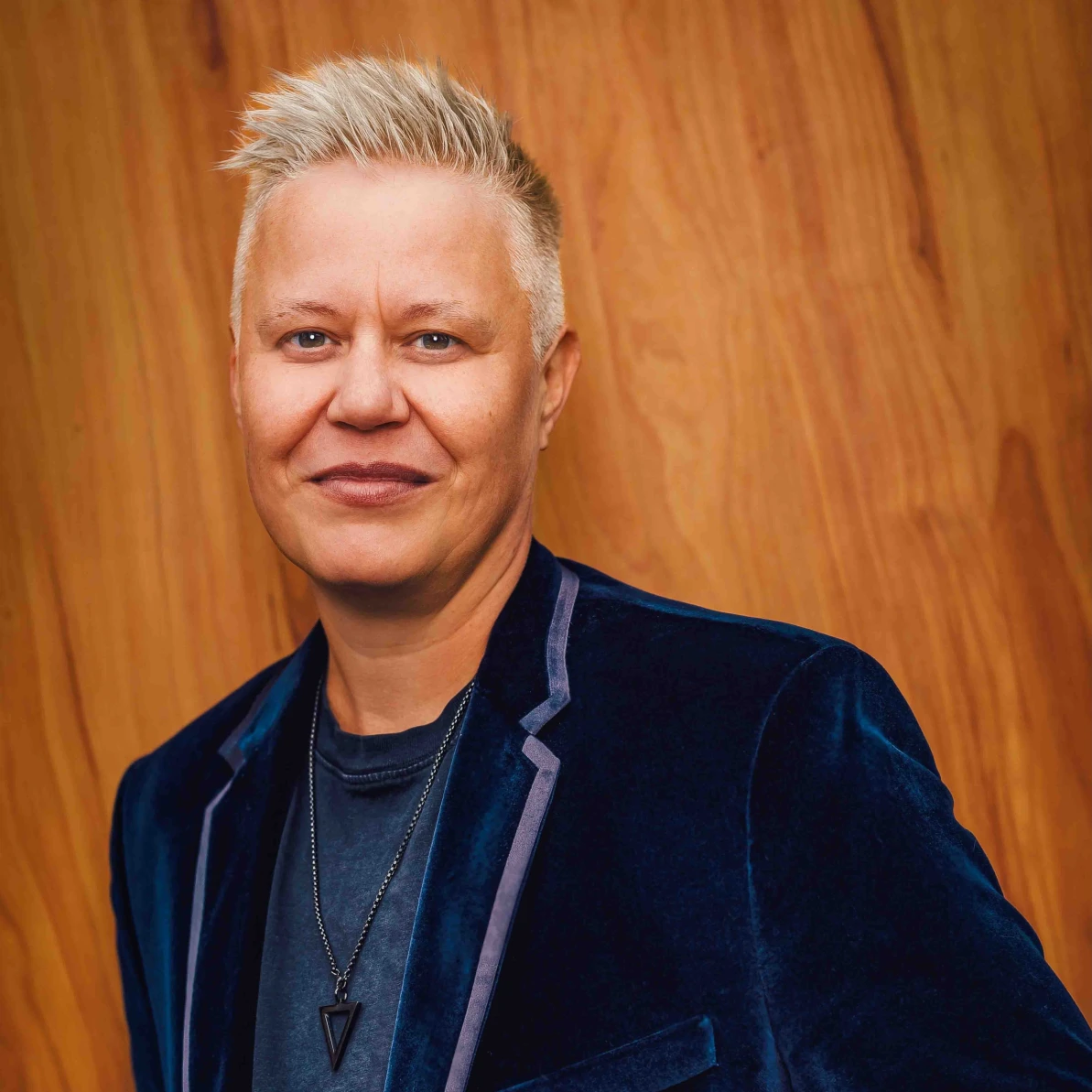Key Takeaways
- Leaders can support workplace initiatives to increase diversity through external and internal sourcing and recruiting efforts.
- To increase diversity in a workplace initiative, leaders can help with external recruitment efforts by utilising their platform on social media and helping to solicit referrals.
- In addition, an Executive Outreach Program (EOP) outlines activities that leaders can complete to support recruitment initiatives.
- Leaders should also consider internal sourcing and recruiting efforts, which require intentional internal networking. This will increase equitable access to employment opportunities for employees from historically underrepresented backgrounds.
It is no secret that leaders know how important increasing diversity is. The more I get an opportunity to connect with leaders, the more they share that they support the initiative—but they also confess that they are uncertain about their role in the work.
So, here is the million-dollar question that I often answer: In a workplace initiative to increase diversity, what is the role/accountability of a leader?
As your workplace is working to increase diversity, there are two overarching ways we recommend that leaders begin to support the initiative:
- Leaders can help with external sourcing and recruiting efforts, and
- Leaders can help with internal sourcing and recruiting efforts.
Let’s dig in.
External sourcing and recruiting
In our certification program for recruiters called Qualified Diversity Recruiter, we are intentional about teaching them that they are accountable for increasing diversity in the candidate pool. In other words, they are responsible for ensuring that each candidate pool is well represented.
The idea here is that when a candidate pool is well represented, and biases are eliminated from the hiring team, the most competitive candidate(s) can be hired into the company. As a matter of fact, we do not place the onus of candidate pool representation on the hiring manager. We place the onus of making an effective selection decision on the hiring manager.
But we also share that even though hiring managers may not be directly accountable for candidate pool diversity, they can still help. As a matter of fact, hiring managers and leaders can be a huge help to the recruitment efforts for open positions.
Have you ever noticed how when a leader speaks, people listen? And this is not only within a company, but externally too (e.g. social media).
Leaders have an undeniable platform that can be further utilised to support recruiting efforts.
Imagine a leader in your workplace engaging on social media, sharing all the great things that your workplace is doing to foster inclusion and belonging, speaking transparently about areas where your workplace is working hard to increase representation, talking proactively about open positions—and then directly asking for referrals.
This can create great momentum, especially if people feel that they can have direct access to said leader to deliver the referral. Utilising this one recommendation and asking all of your workplace leaders to engage more on social media on behalf of your recruiting efforts can be key.
Now, imagine if you built an entire program that included other specific activities that leaders can complete that also help to support your workplace initiative to increase diversity. You can develop one that outlines additional actions that leaders can take to solicit referrals for open positions. Or, you can also use the Executive Outreach Program (EOP) outline that we recommend to organisations that are working to get their leaders more involved in supporting recruitment efforts.
Everyone has a role to play in increasing diversity, creating equity, and promoting inclusion within a company.
An EOP provides guidance on the role of senior company leaders. It encompasses program objectives, leadership accountabilities, stakeholders, specific outreach activities, the executive referral process, launching and communicating the program, and evaluation methods.
Internal sourcing and recruiting
People often overlook the opportunity to focus on internal diversity recruiting efforts too as a part of the initiative to increase diversity.
Increasing diversity has been falsely perceived as an external process only, that is dedicated to hiring from the outside.
But what if we also think about increasing diversity as a question of how well our internal candidate pools are represented so that there is more access to internal workplace opportunity? These internal opportunities include lateral opportunities, opportunities to participate in highly visible projects, and even opportunities for promotion.
The longer I worked in corporate America, the more I would hear about conversations among leaders that were happening behind closed doors. I did not give these rumors too much attention until I entered leadership, and I started seeing a link between these behind-closed-door conversations and access to new opportunities.
One interesting pattern I noticed during these conversations was how often the employees who were overlooked happened to also be from historically underrepresented populations. And if these conversations are leading to new opportunities, then not only is there the challenge of workplace opportunities that never get posted, but there is also the challenge of decision-makers making selection decisions in a vacuum without a solid knowledge of the true pool of candidates who are available, simply because they are not in their network.
So, as we are thinking about what leaders can do to support the workplace initiative to increase diversity, we must discuss the need to be more intentional about our networking. Especially if we wish to create more equity in who gets access to internal workplace opportunities—and especially those that never get posted.
To support this, Team JTC has coined the phrase Intentional Internal Networking (IIN) to mean a deliberate action or process completed by workplace senior leaders of interacting with direct reports and others to develop professional relationships within the workplace.
IIN is a necessary expectation of senior leaders in order to create more equitable access to employment opportunities for employees from historically underrepresented backgrounds. IIN will help expand the internal networks of senior leaders. If done successfully and intentionally, it will also increase diversity within internal talent pools.
“In conclusion, the big overarching message here is to remember that there is no one-size-fits-all approach to diversity recruitment.”
Increasing diversity requires supporting leadership holistically and considering how that can be done internally and externally in your recruitment efforts. You are not alone in figuring that out.
Latest.

Considering a career break? Why sabbaticals are a career essential.
Thought Leadership

The ground is shifting: A guide for design leaders to thrive in the age of AI.
Thought Leadership, Design, Leadership

Ageism in hiring: Why your biggest mistake is overlooking workers 50+
Thought Leadership, Diversity, Equity and Inclusion






